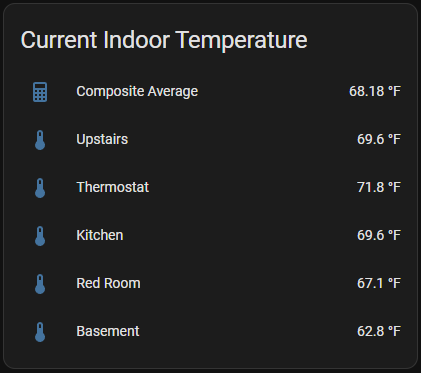Comixbooks
Fully [H]
- Joined
- Jun 7, 2008
- Messages
- 22,029
https://cowboystatedaily.com/2023/0...tbulbs-now-starting-august-1-theyre-outlawed/
I got a lifetime supply maybe 120 of them I bought 60 43 watts extra off eBay two months back. Not sure if Ebay will restrict them or not. I can't stand led bulbs my eyes will be in pain can't focus. Just a bad usage scenario they are ok for Flashlights.
I got a lifetime supply maybe 120 of them I bought 60 43 watts extra off eBay two months back. Not sure if Ebay will restrict them or not. I can't stand led bulbs my eyes will be in pain can't focus. Just a bad usage scenario they are ok for Flashlights.
![[H]ard|Forum](/styles/hardforum/xenforo/logo_dark.png)


